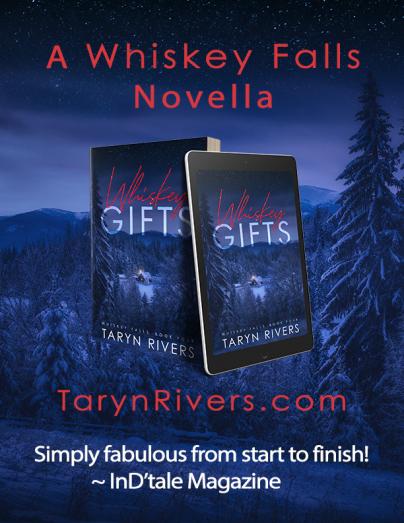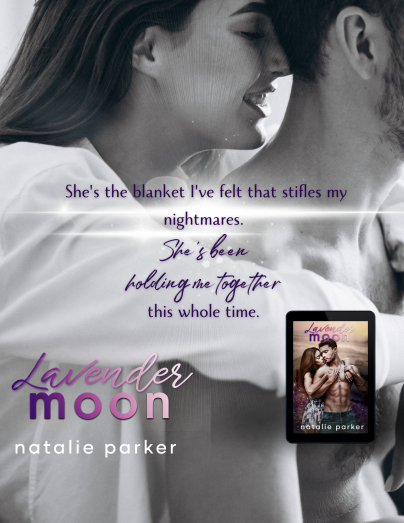News & reviews for the fiction lover in us all!
What You Can Do, Can't Do & Should NEVER Do! Part 2
Last month was a global look at things with developmental and substantive (substantial) editing. Two types that can overhaul everything you’ve ever written—which may be a good thing or a bad one. Neither were under the term “content” last month for two reasons: It’s kind of obvious that both types have to do with your content, and the term content can mean more than just the two global editing terms talked about. Sleeves still rolled up from last month? Good. Leave them up until this series is over. It’s gonna get dirty.
This month we’re going to focus on content, heavy, structural, and rewrite.
In some editors’ lexicons, substantive and structural are synonymous. So…why didn’t I put that in last month’s issue? Because, I believe them to be separate kinds of editing. While structural editing can mean a substantial change, substantive editing may not include structural changes.
I can’t tell you how many stories I’ve read that have been ruined by bad structure, however, the amount of changes which needed to be made were not enormous.
First, we’ll look at the structure of a story. (And those of you who are experts, use this as a review and don’t pooh-pooh it, this is not as “common knowledge” as you may think.)
Writing 101—The Structure of a Story.
All good stories should have:
- a beginning, middle, and end (even if it takes 12 volumes to get there)
- a plot (how you get from the beginning to the end without boring the reader to tears)
- conflict of some kind (internal or external—they gotta fight with themselves or others, or there’s no story to tell)
- characters (ones who have an arc, be it for good or evil -see Darth Vader)
- relationships (of any kind, lovers, friends, family, bffs, frenemies)
- an antagonist and a protagonist (they can even be the same person, though it’s hard to pull off well)
- description (not too much *eyeballs the historicals* and not too little *side-eyes some contemporaries*)
- setting (may or may not be explicitly stated, but clues as to what century and what planet is helpful)
- a climax (even if you don’t write sex, your story should have an ultimate point to it, a reason for existing—that’s a climax)
- some kind of wrap up (be it HEA or a horribly tear-jerky mess at the end - see the newest “A Star is Born”)
Read the entire article in the March 2019 issue of InD'Tale magazine.
You can just click on the magazine image on the left hand side of our home page to open and enjoy!
OR
If you would like to receive the magazine every month (for FREE!) , just sign up on our home page. Once you do, an e-mail validation notice will be sent directly to you. Just open and click the link and you're in - forever! Each month the magazine will be delivered directly to your inbox to downlad and read!



